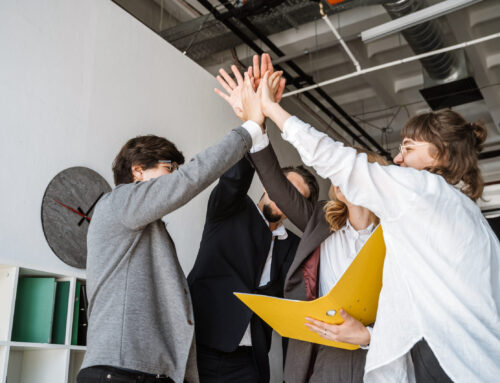No matter what the size of your organization, the end of the fiscal year is an ideal time to set new goals, adjust old ones, and realign the organization to keep everything and everyone on track with targets and objectives. Conducting an HR audit to determine how, why, and where HR processes are contributing or not contributing to these goals will help you to better define what is adding value to HR and what is not. The tools, policies, procedures, and methods used by HR will determine how workers are evaluated and measured, which will in turn contribute to the success of the organization as a whole.
Developing a good strategy for your HR audit will allow you to focus efforts, use practices and tools that make sense, and collect the data that adds or contributes value to your organization.
Conducting an HR Analysis
Conducting a detailed assessment of all existing policies and procedures is an important first-step in any HR audit. This process is easier if your existing processes and policies have defined goals or values listed, such as “Reduce turnover by at least 3% over 12 months”, which will allow you to analyze actual performance against expected performance.
Unfortunately, it can be difficult to completely track data to existing policies and procedures, as some data will correlate but won’t be caused by a specific policy. For example, if your organization saw a downturn in turnover over the last 6 months of the 12, but also reached an important milestone or growth spurt, you might not be able to track reduced turnover as a benefit of the policy.
Your audit should cover:
- Which policies and procedures are in place?
- What worked in the previous fiscal year? Are there any goals set for those policies or procedures which could valuate the process working?
- What didn’t work? Are there any goals or data which could show that the process did not work?
- What has become obsolete? Are there processes related to old software or hiring methods?
- What is needed or lacking? Processes? Tools?
- How is the onboarding process working for new employees?
- Are hiring needs being met?
- Do employees have access to the HR tools they need?
Record Keeping
Review process efficiency, compliance with federal and state regulation, employee access, etc.
Recruitment and Selection
Recruitment and selection processes must be non-discriminatory, compliant with equal-opportunity policies, current and reflecting organizational goals, validated against current organizational goals, and effective and contributing value.
Workplace Safety/Risk Management
All measures should be compliant with workplace safety and risk management practices/regulations. Check that all policies are needed and adding value, especially if recent equipment or office changes may have made some redundant.
Training and Development
You have to review the accessibility of training and development opportunities, that those available are in-line with organizational goals, and that opportunities contribute directly to those goals. Ensure that current policies are in place for new hire orientation and safety training, development programs are in-line with internal leadership programs, and that all existing development programs are up-to-date. It’s also important to stop to identify training and development needs for the upcoming year so that you can work to build those resources before they are needed.
Employee Relations
Employee investigations must be handled with sensitivity and respect and investigation should be thorough and effective. These factors are difficult to validate, but you can work to do so by interviewing persons who received employee relation support to determine satisfaction and the effectiveness of policies in place.
Compensation and Benefits
Compensation and benefits policies must be in line with organizational goals, privacy should handled effectively, and employees should be compensated in a way that reflects work practices (I.E. compensating teams in Agile rather than individuals).
Valuate Your Findings
While there are many ways to evaluate your findings, you can ideally do so through a combination of metrics and data (actual data including missed and achieved targets), employee interviews, and discussions with management and leadership teams.
For example, by hosting discussions with HR managers, department heads, and even floor-level employees can help you to determine whether hiring is being met, training requirements and whether they are being met, pending issues, and so on. This type of feedback can be extremely valuable in making decisions regarding
Research New Tools and Processes
During your evaluation and audit, you should review change items inside the organization versus in the world at large. HR evolves at a rapid pace and new trends and developments can rapidly introduce better, faster, and more efficient tools for management and hiring. For example, automation and AI are quickly becoming tools to aid in identifying candidates during the hiring and recruitment process.
An effective HR audit looks into every aspect of HR including recruitment and candidate selection, workplace safety, risk management, training, development, employee relations, and compensation/benefits. Conducting an audit will give you the perspective and data to make needed changes to policies and tools, update processes, and create new ones to meet changing organizational needs.




